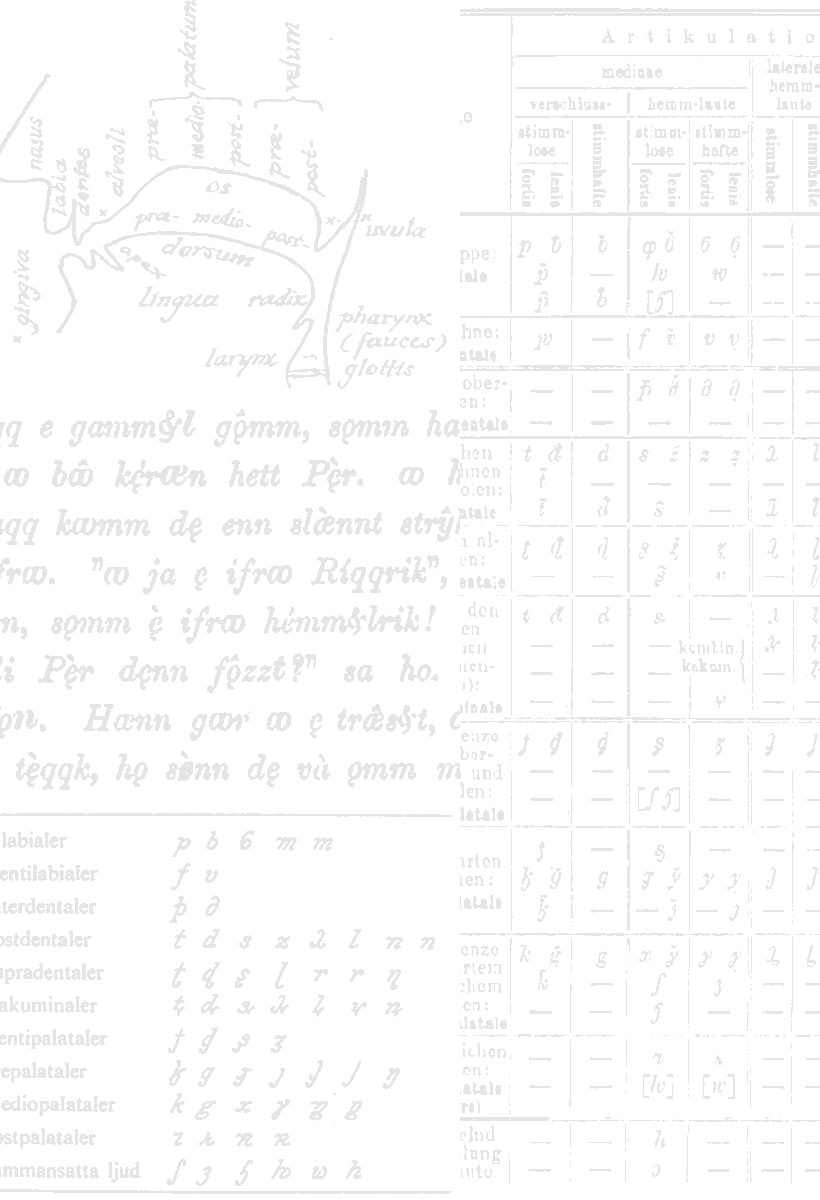About

Forced alignment technology
Forced alignment (FA) refers to the automatic process by which speech recordings are phonetically time-stamped with the help of Hidden Markov models or Deep Neural Networks. Autophon uses the latter by means of the The Montreal Forced Aligner 1.0. The software outputs a time-stamped phonetic annotation that is readable in Praat, based on an optimization of two user inputs: (1) the speech recording and (2) a corresponding orthographic transcription. For an FA tool to work for a particular language, an acoustic model must be trained and an accompanying pronunciation lexicon must be built that covers every word in the language. FA is useful because it automates an otherwise resource-intensive task A phonetic annotation done by hand can take between 250 and 400 minutes per recorded minute. In a place like Scandinavia where labor costs are high, this has presented a barrier for linguists.
A free online tool
The app is free of charge and was built so that students and researchers could access forced-alignment tools efficiently and without the need for command-line programs.
Data security
Everything you upload is encrypted and sent to a server in Frankfurt, Germany, that is run by Digital Ocean (server FRA1). To increase security and reduce the chance of a data breach, sound files are also immediately deleted after alignment. On the other hand, finished TextGrids are stored in your account for as long as you like. Once, however, you delete them, they will also be removed from our server permanently.
Platform stability
Autophon is in beta, which means it still has some bugs. Therefore, contact us if you encounter any problems.
Accuracy
Accuracy metrics are only available for a few high-resource languages. These can be accessed in the language manuals below. Reach out to Support if you have any manually-aligned files that you are willing to share with us for the purposes of validating a language model.
Ownership & funding
Autophon was founded and is managed by Nate Young and run by the essential stakeholders listed on our Team page. Initially started with private means, it has now grown in scope with a grant from the Swedish Academy, a grant from the Department of Linguistics and Scandinavian Studies at The University of Oslo, and has received funding from the European Union’s Horizon 2020 research and innovation programme under the Marie Sklodowska-Curie grant agreement No 892963.
 Register to access the
full toolkit*
Register to access the
full toolkit*
or use the minimal aligner on the main page.
Video demo
Language guides
Current & past users
2024 Dr. Nicolai Pharao at Copenhagen University for the project “Toner Over Tid”, an apparent time study of prosodic variation and change in Danish. It is funded by Ulla og Børge Andersens Fond for Sprogvidenskabelig Forskning.
2024 Prof. Pia Quist, Dr. Nicolai Pharao, and Anna Kai Jørgensen at Copenhagen University for the project "Speaking Up" and its constituent study on phonetic accommodation in two varieties of Jutlandic Danish. It is funded by The DFF – Independent Research Fund Denmark.
2024 Dr. Rasmus Puggaard-Rode at The Institute of Phonetics and Speech Processing, Ludwig Maximilian University in collaboration with Dr. Nicolai Pharao and Prof. James Kirby for their investigation into how the aspiration contrast in Danish stops affects pitch.
2024 Dr. Rasmus Puggaard-Rode at The Institute of Phonetics and Speech Processing, Ludwig Maximilian University in collaboration with Dr. Francesco Burroni for an investigation into the timing relationships between consonantal and vocalic gestures.
2020–2024 Dr. Björn Lundquist at UiT The Arctic University of Norway in collaboration with Prof. Jennifer Culbertson, Dr. Meredith Tamminga, Prof. Gillian Ramchand, Dr. Nathan Young, Prof. Sverre Stausland Johnsen, and Dr. Anders Nøklestad for the project Experimental Approaches to Syntactic Optionality (ExSynOp), a study on word-order phenomena and optionality in the Nordic languages. It is funded by The Research Council of Norway.
*Creating an account helps keep your files secure while protecting us from bot attacks.